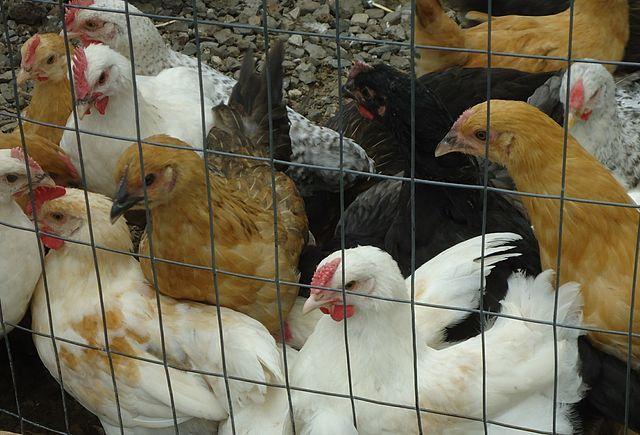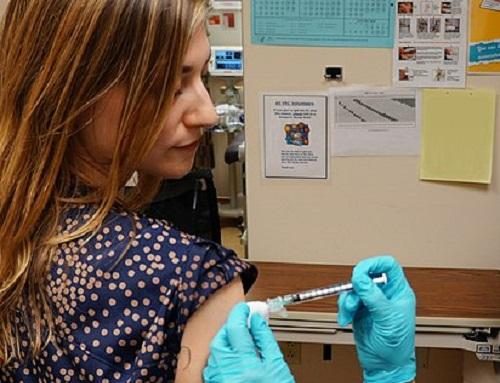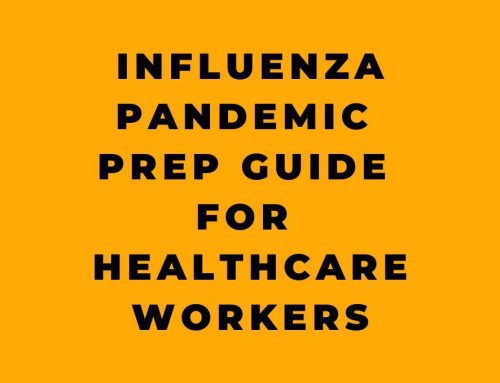Folks, it’s time to talk about Highly Pathogenic Avian Influenza, or HPAI, in the agricultural community.
As of January 25, 2023, the U.S. Department of Agriculture reports that HPAI has been found in 312 commercial flocks and 432 backyard flocks across 47 states, resulting in the death of over 58 million birds. HPAI has also been found in wild birds and mammals in many countries worldwide.
What Is Highly Pathogenic Avian Influenza (HPAI)?
Highly Pathogenic Avian Influenza (HPAI) is a form of avian influenza that affects birds and can cause severe illness and death in poultry. Avian influenza, or bird flu, is caused by a virus that can infect wild birds, domestic poultry, and even humans. There are two types of avian influenza viruses: the highly pathogenic kind that’s deadly to chickens and spreads quickly, and the low pathogenic kind that’s found in wild birds and doesn’t cause much harm.
The virus can be spread through direct contact between birds, contact with the droppings of infected birds, water, egg flats, crates, equipment, vehicles, and people whose clothing or shoes have come into contact with the virus. The current outbreak in North America is believed to have originated in Asia and has caused over 48 million birds to die or be euthanized from March to June 2015.
So, far, this outbreak of a highly pathogenic avian influenza (HPAI), which has been the largest ever recorded, has killed more than 140 million poultry, including 60 million in North America and 48 million in Europe, according to the World Organization for Animal Health (WOAH). The genetic analysis of the H5N1 influenza virus in the current avian pandemic has located it in a clade (virus family) circulating among poultry and wild birds across multiple continents. The first cases in North America were detected in December 2021 in Newfoundland and Labrador, Canada, on a bird farm. In February 2022, Florida’s Fish and Wildlife Conservation Commission reported that the death of black vultures at the state’s Hontoon Island State Park was caused by the same virus.
In the U.S. the majority of past outbreaks have occurred in the Mississippi Flyway, but due to migratory paths, it is possible that the virus will reach the Atlantic Flyway. The signs of HPAI in birds include sudden increase in deaths, lack of energy or appetite, neurological signs, and soft-shelled eggs.
The disease can cause significant financial losses for commercial poultry operations and is estimated to result in the loss of tens of thousands of jobs and billions of dollars in economic impact in the major poultry-producing areas in the U.S.
Precautions Agricultural Workers Must Take
While it’s rare for people to get sick from bird flu (avian influenza), those who work with poultry or wild birds are at higher risk. The fatality rate, however, is dangerously high with 456 deaths among the 864 cases, giving a 53 percent chance of dying if infected. There is growing concern among scientists that a more virulently infective form of the virus could suddenly evolve and spread rapidly into the human population as a lethal airborne pathogen. That’s why it’s important to wear protective gear and take precautions when working with poultry. To prevent the spread of HPAI, bird owners are advised to practice biosecurity measures, such as cooping up their birds and avoiding contact with wild ducks and infected surfaces.
As disastrous as the outbreak has been to the bird population, the fear remains that the virus will learn to efficiently use a human host to transmit itself. Until now, according to the World Health Organization (WHO), between 2003 and March 2022, there have been only 864 cases of H5N1 in humans across 18 countries worldwide.
To recap, in order to provide the best care possible for your domesticated birds, it is essential that you follow these simple guidelines:
- First, make sure to scrub and sanitize your hands both before and after any contact with a domestic bird.
- Set aside one pair of shoes strictly used when entering coops or poultry houses; more importantly, clean them thoroughly each time they are worn in such places.
- Always disinfect equipment utilized within avian facilities as well as vehicles used while transporting birds.
- Keep wild birds away from your domesticated ones by hanging pie pans or other noisemakers in trees, and if local laws permit, set off firecrackers periodically to ward them away.
- Be vigilant for any signs of illness and call your state veterinarian’s office or the USDA at 1-866-536-7593 when you see a sudden spike in sick birds or bird deaths.
What are the Signs and Symptoms of HPAI in humans?
According to the CDC:
https://www.cdc.gov/flu/avianflu/hpai/hpai-background-clinical-illness.htm
HPAI H5 virus infection of humans can start with signs and symptoms of uncomplicated seasonal influenza (e.g. fever, upper respiratory tract symptoms, myalgia) and progress to lower respiratory tract illness. Atypical presentations of fever and diarrhea preceding pneumonia have been reported. Severe pneumonia, multi-organ failure, encephalitis, and septic shock have been reported with HPAI (H5N1) and (H5N6) virus infections in other countries. While a rare sign of seasonal influenza, conjunctivitis has been reported as a sign of avian influenza virus infection.
Exposed persons, including those who used personal protective equipment (PPE), should monitor their health starting on the first day of exposure and for ten days after the last exposure, and report any illness signs or symptoms to a physician and the local and state public health department as soon as possible. Signs and symptoms to watch out for include fever or feeling feverish, cough, runny nose, sore throat, headache, muscle aches, eye redness, difficulty breathing, shortness of breath, and diarrhea. Consultation and close coordination with public health departments are recommended.
What Should You Do If You Think You’ve Been Infected with HPAI?
According to the CDC:
https://www.cdc.gov/flu/avianflu/h5/infected-birds-exposure.htm
Please follow these instructions carefully:
1. Monitor your health for symptoms of avian influenza virus infection. During and then immediately after your last exposure to infected birds or contaminated surfaces, monitor yourself daily for any of these signs and symptoms for 10 days:
-
-
- Fever (Temperature of 100°F [37.8°C] or greater) or feeling feverish/chills* (Fever may not always be present with avian influenza)
- Cough
- Sore throat
- Difficulty breathing/Shortness of breath
- Eye tearing, redness, or irritation
- Headaches
- Runny or stuffy nose
- Muscle or body aches
- Diarrhea
-
You should observe your health daily even if you carefully followed all guidelines and instructions for properly putting on and taking off personal protective equipment (PPE) and maintaining biosecurity precautions.
Re-start your 10-day monitoring period from Day 1 if you are around infected birds or contaminated environments again.
Your local/state health department should contact you regarding your exposure. Please follow all additional instructions that are given to you regarding monitoring for symptoms. They may, for example, ask you to respond to a daily phone call, email, or text message with a report on your health status.
2. Call your state/local health department immediately if you develop any illness signs or symptoms during the 10-day observation period.
Your health department will help you determine what to do next.
Remember:
-
- Most of the signs and symptoms of bird flu (avian influenza) overlap with those of other respiratory illnesses (like seasonal flu or COVID-19). Fever may not always be present.
- If you develop any of the signs or symptoms listed on this fact sheet, immediately call the health department of the state you are in at the time. Your health department wants to hear from you, even if it turns out to be a ‘false alarm’. Your health department will give you further instructions and might ask you to get tested for bird flu virus infection.
- If you have symptoms, stay home and limit contact with others as much as possible until the results of your test are known. Your health department might have additional instructions for you as well.
- To test for bird flu virus, a doctor or nurse will collect a sample from you by swabbing your nose and/or throat.
- If you become sick while you are observing your health, a doctor might prescribe an antiviral medication for you that is used for treatment of seasonal influenza.
- These drugs can also treat bird flu virus infection. It is important to start antiviral treatment as soon as possible and to follow the directions for taking all of the medication that is prescribed. (CDC recommends that clinicians prescribe antiviral medications for treatment of ill persons who had exposure to bird flu viruses and are suspected to be infected with bird flu viruses.)
References:










